Kamakura Autumn Foliage -1 / Chojyu-Ji in Kita Kamakura

November 2022 Seasonal up date : 3

Kamakura is in the season of autumn foliage. In mid-November, I went to Kita Kamakura, where the leaves started changing colors. I finally had the chance to visit Chojyu Ji Temple, a Zen temple with ties to Ashikaga Takauji.
The autumn openings occur on weekends in October, November, and from December 1 to 7. The visiting hours are from 10:00 AM to 3:00 PM, and it’s canceled in case of rain. During this visit, I also extended my journey to Kencho-Ji, which is the top of the Kamakura Five Mountains. I will introduce popular restaurants and traditional Japanese sweet shops in the surrounding area.
Contents
Choju-ji
About a 10-minute walk from Kita Kamakura Station in the direction of Kamakura, you’ll find Choju (Longevity) Ji Temple on your right-hand side. There’s a sign that says “A Temple Associated with Ashikaga Takauji,” and you’ll need to climb stairs to enter through a thatched gate. After paying the 300 yen admission fee, you’ll enter the temple grounds.
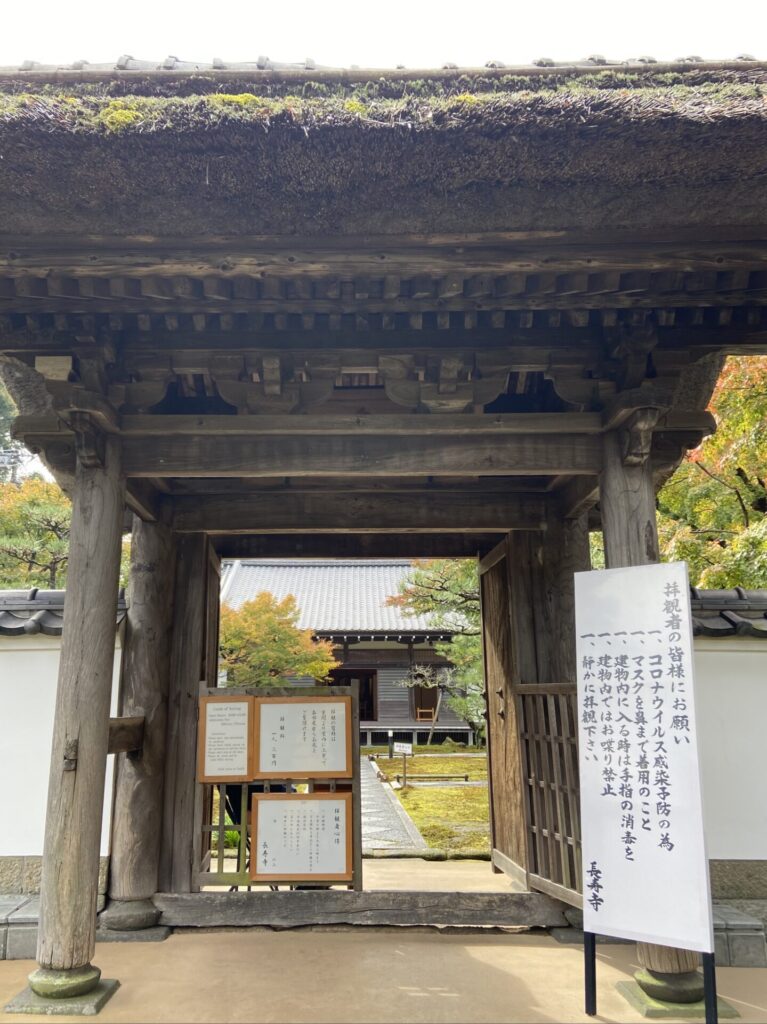
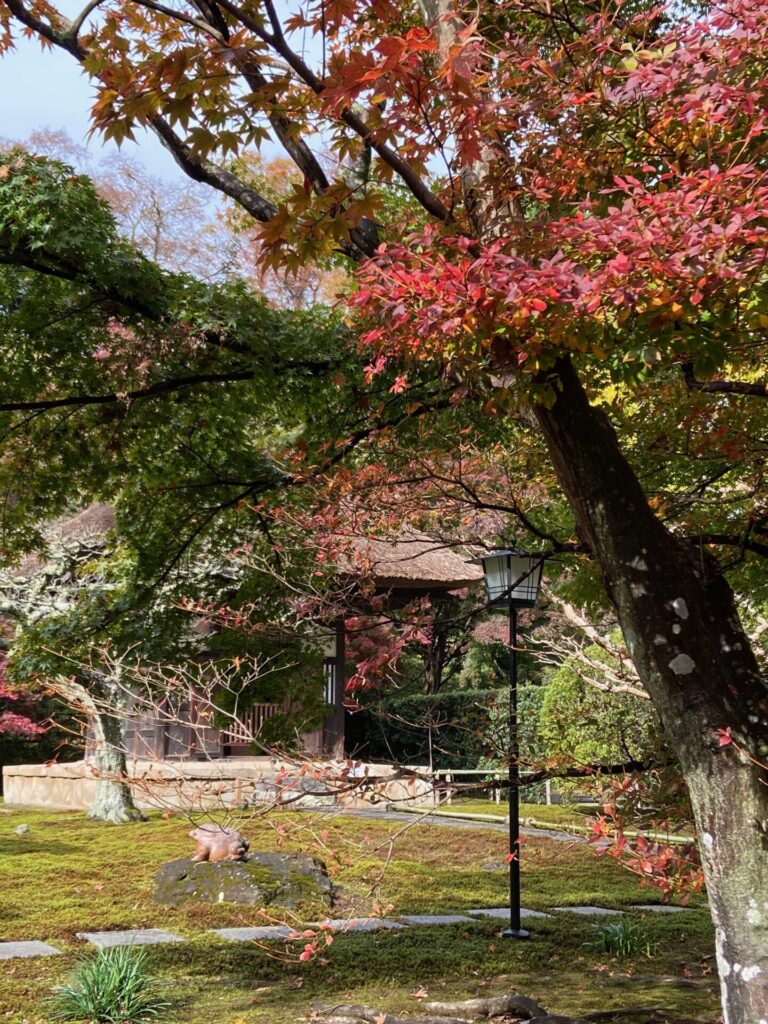
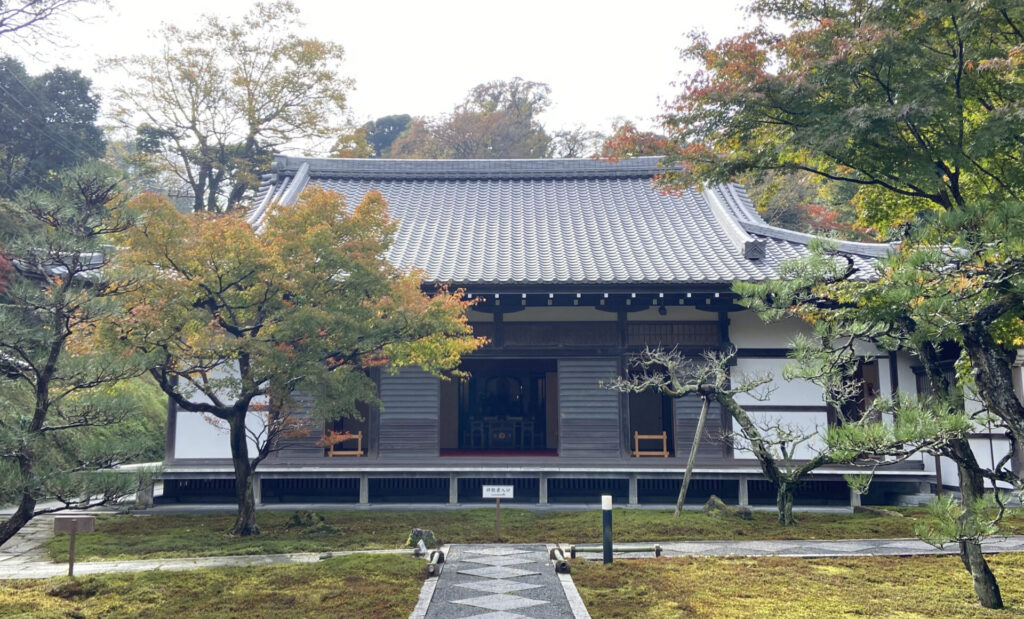
You’ll need to take off your shoes before entering the building. At the entrance, you’ll receive a card for viewing the autumn foliage. First, you’ll pay your respects at the main hall on the left and then proceed to the small living quarters and study room called “小方丈” (Kohojou).
Inside, there are seat cushions on red tatami mats where you can sit quietly and admire the garden. Conversation is not allowed inside the temple buildings. It’s so peaceful that you can even hear the sound of autumn leaves falling.
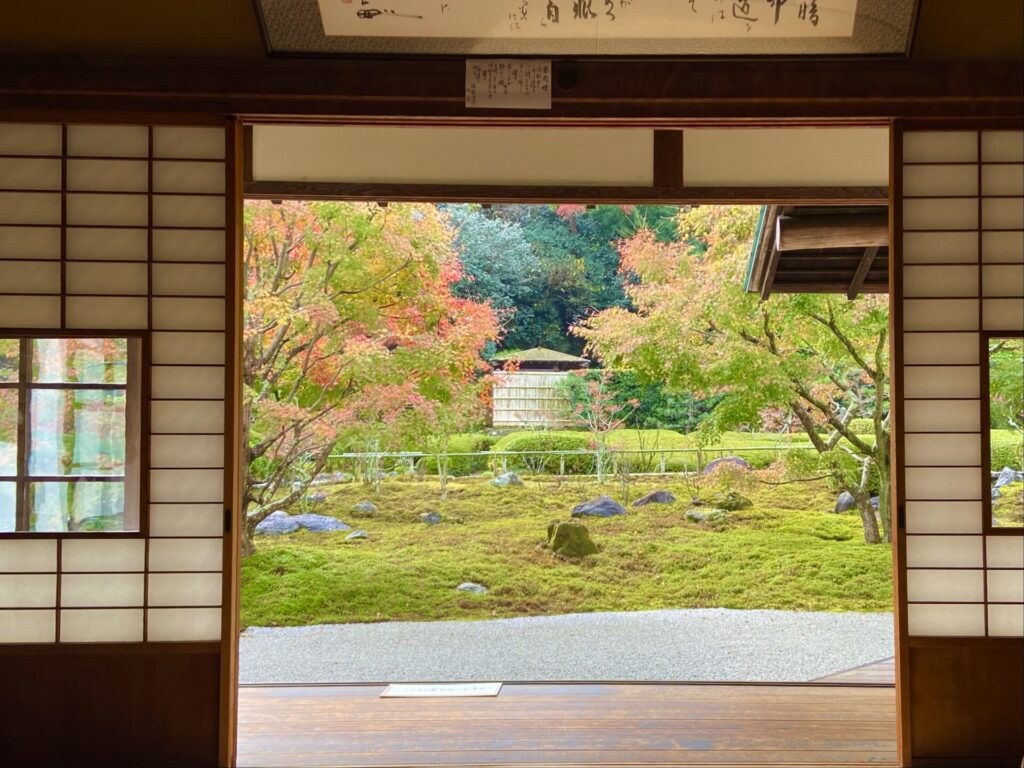

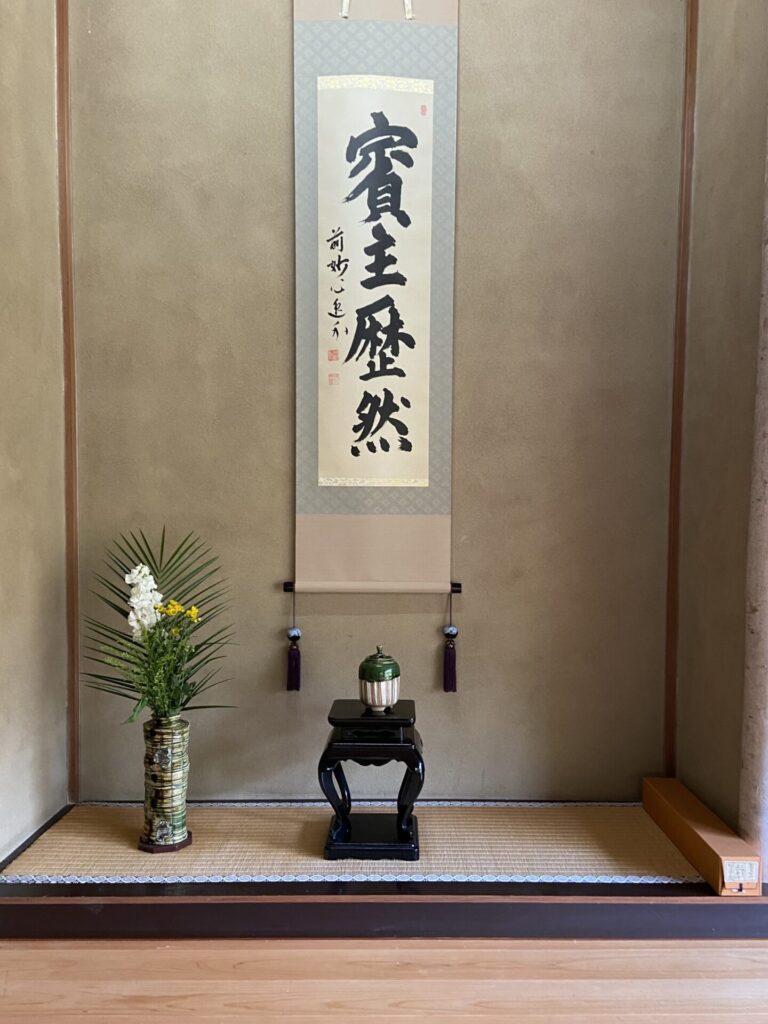
After savoring the indoor autumn foliage viewing to the point of losing track of time, you can step outside and make your way towards the Kannon Hall.
Passing by the beautifully branched plantings and a moss garden resembling a green carpet, follow the straight path. At the end of this path stands the thatched Kannon Hall. Inside, you are amazed by the beautiful wall paintings and ceiling art that adorn the hall, which houses a statue of Kannon.
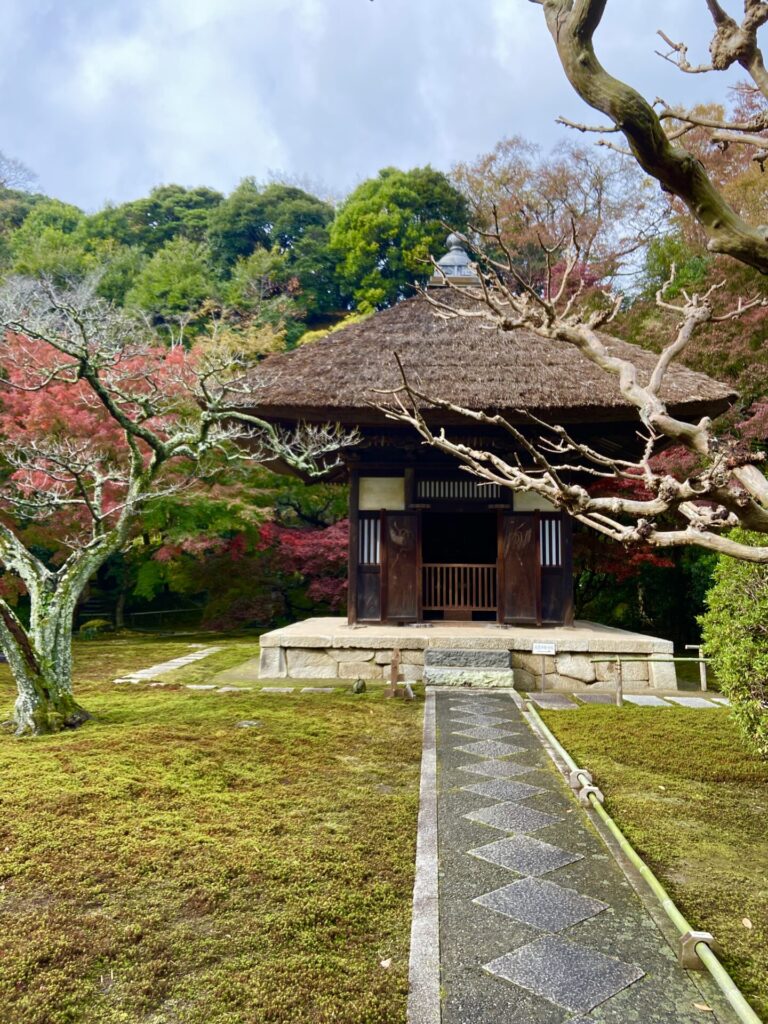
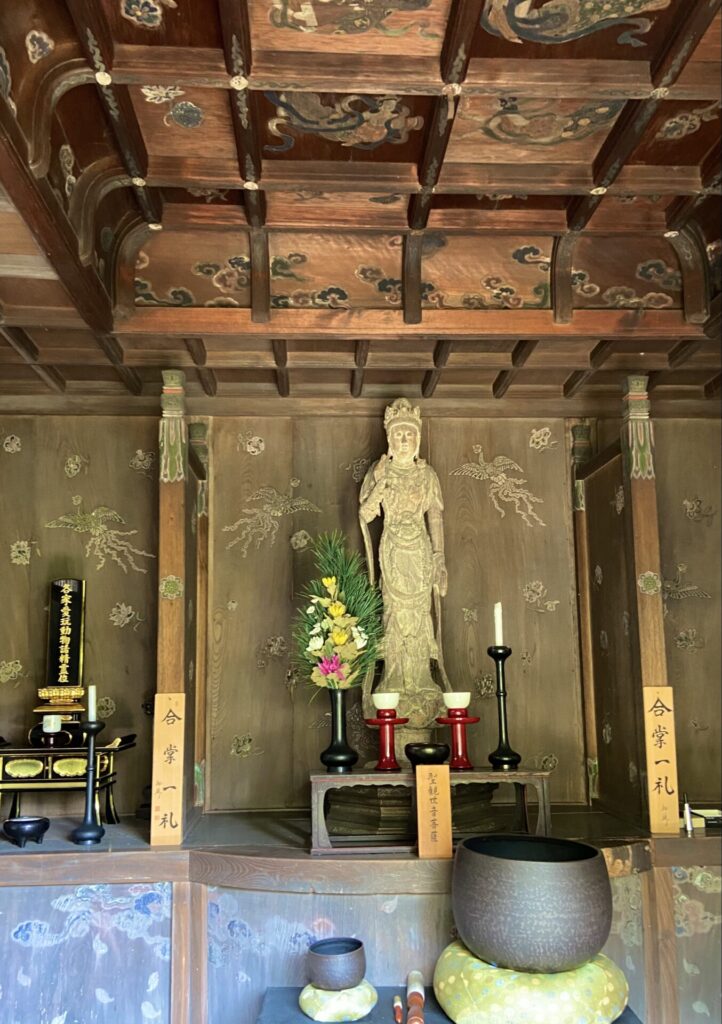
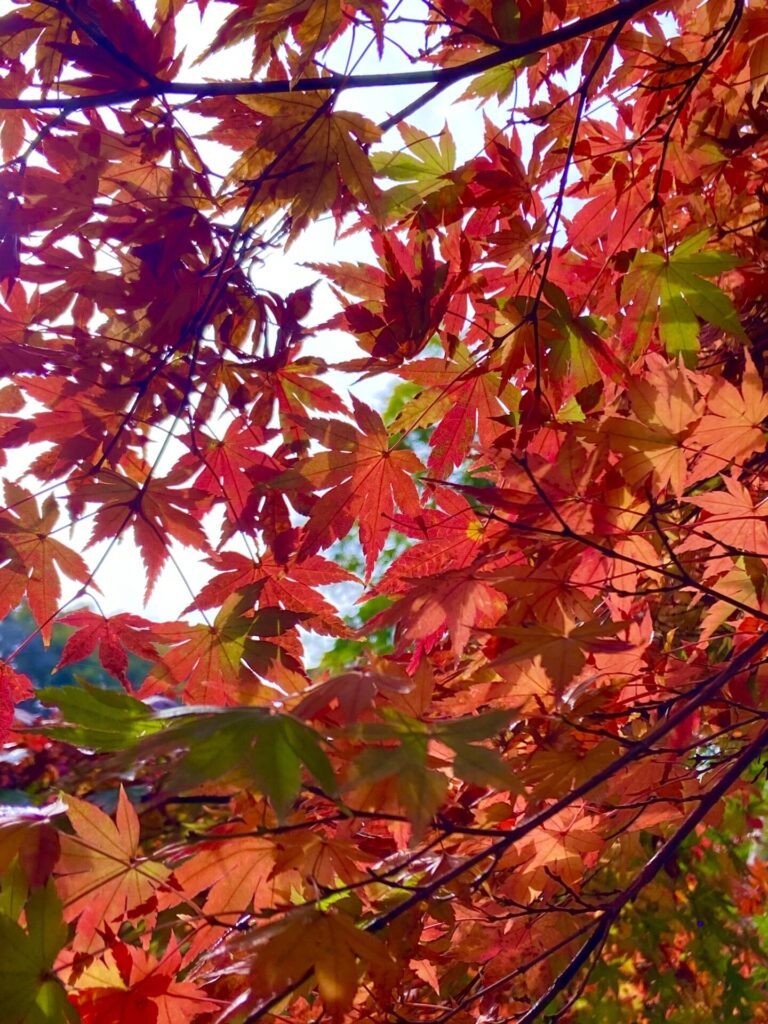
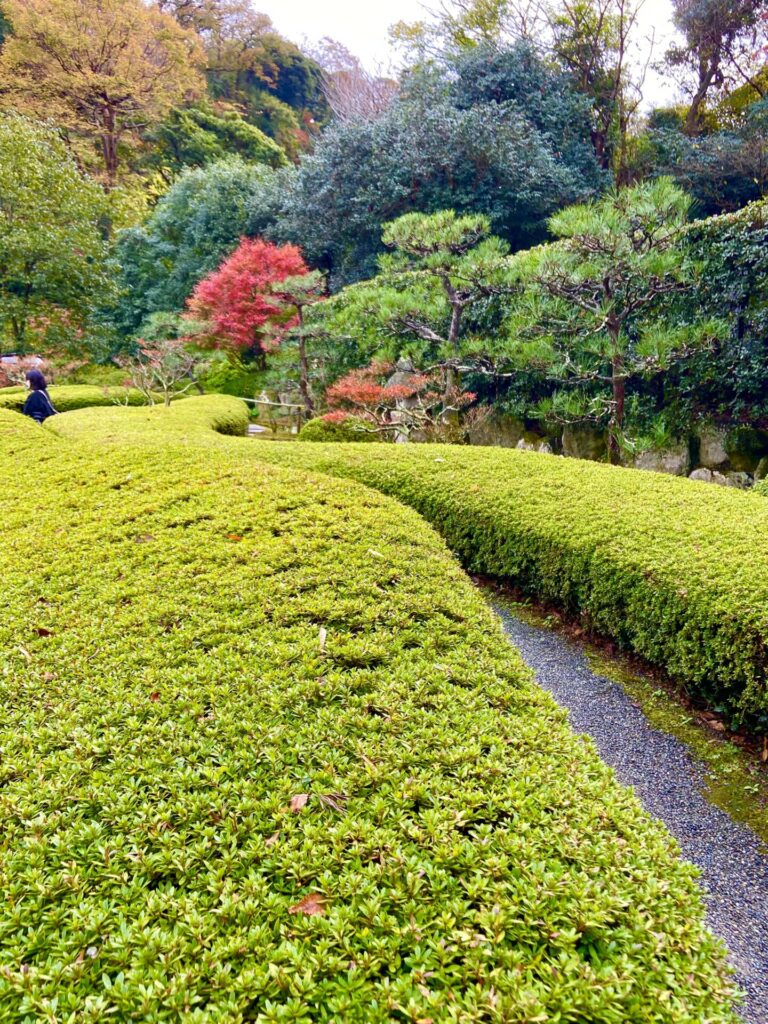
Seasonal limited-time attraction, Choju Ji Temple. Its immaculate architecture is in harmony with the beauty of the autumn garden, earning its deserved reputation as Kamakura’s finest. Due to weather conditions, it’s recommended to enjoy it during the early season to avoid missing out.
Mikazukido-Kasen
Irregular holidays, open from 9:00 AM to 4:30 PM.
A long-established traditional Japanese confectionery shop known for its delicious dorayaki. It’s located diagonally across from Choju Ji Temple. Today, I stopped by with the intention of purchasing the seasonal wagashi (Japanese sweets) which are sold during the autumn foliage season.
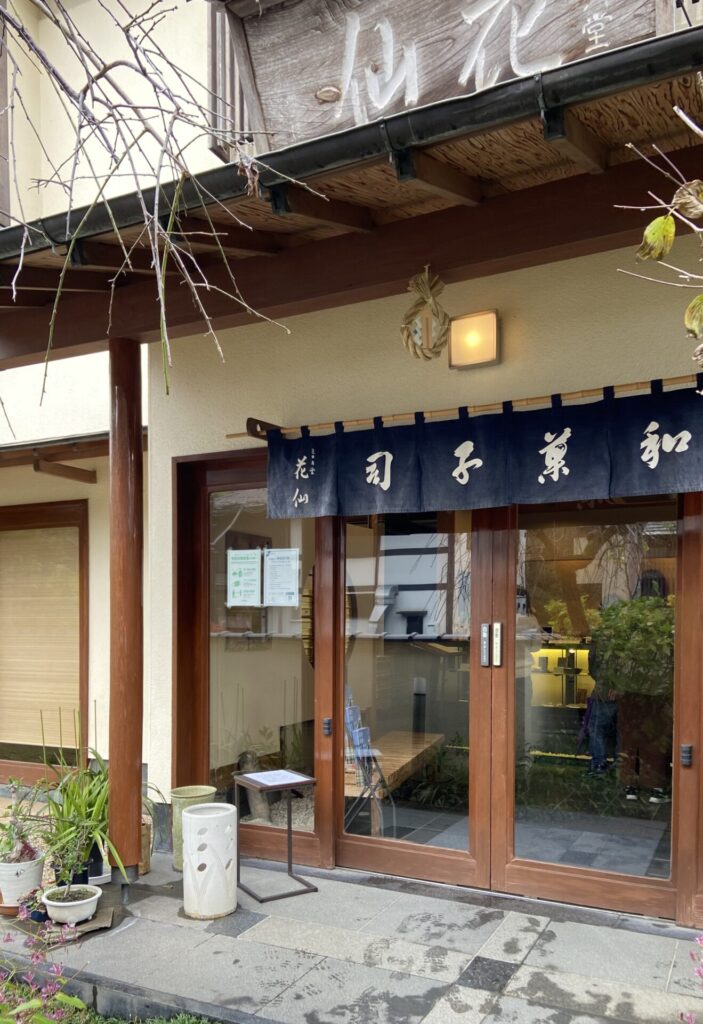
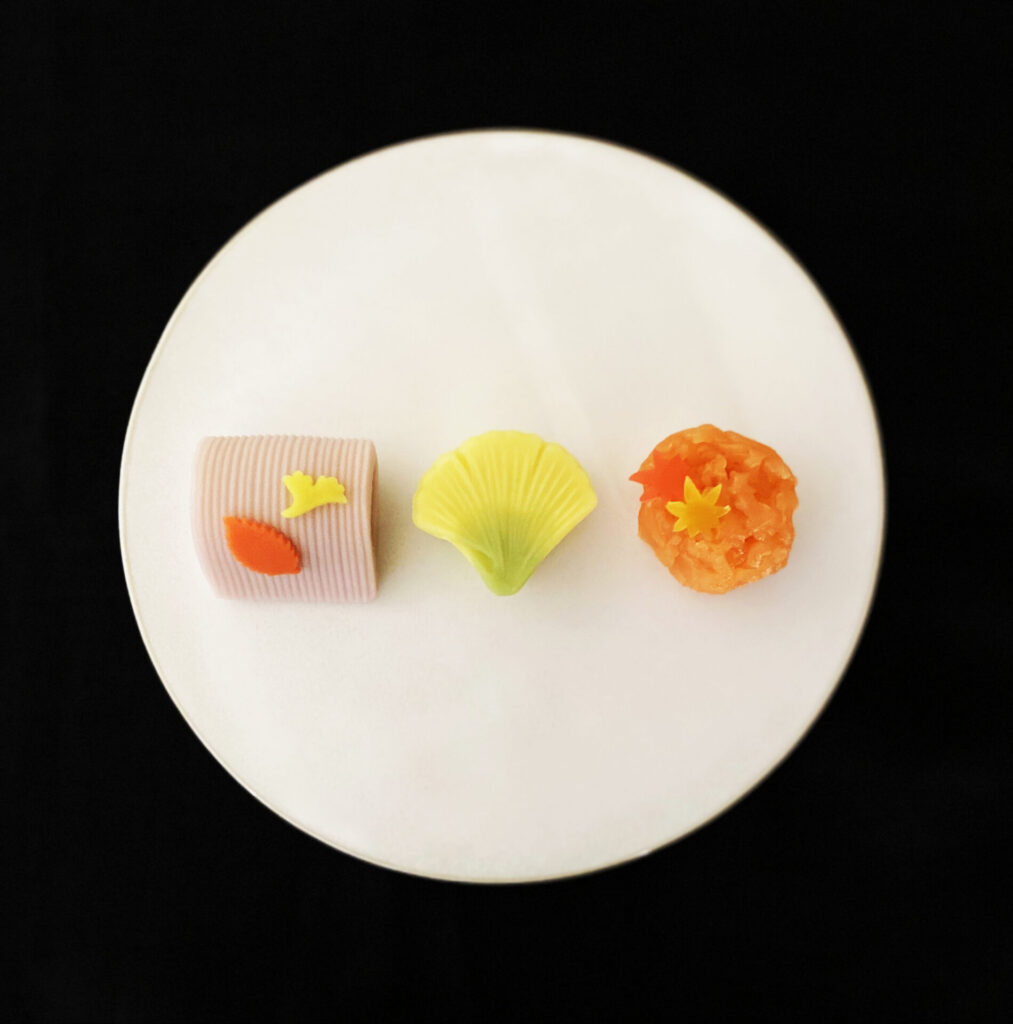
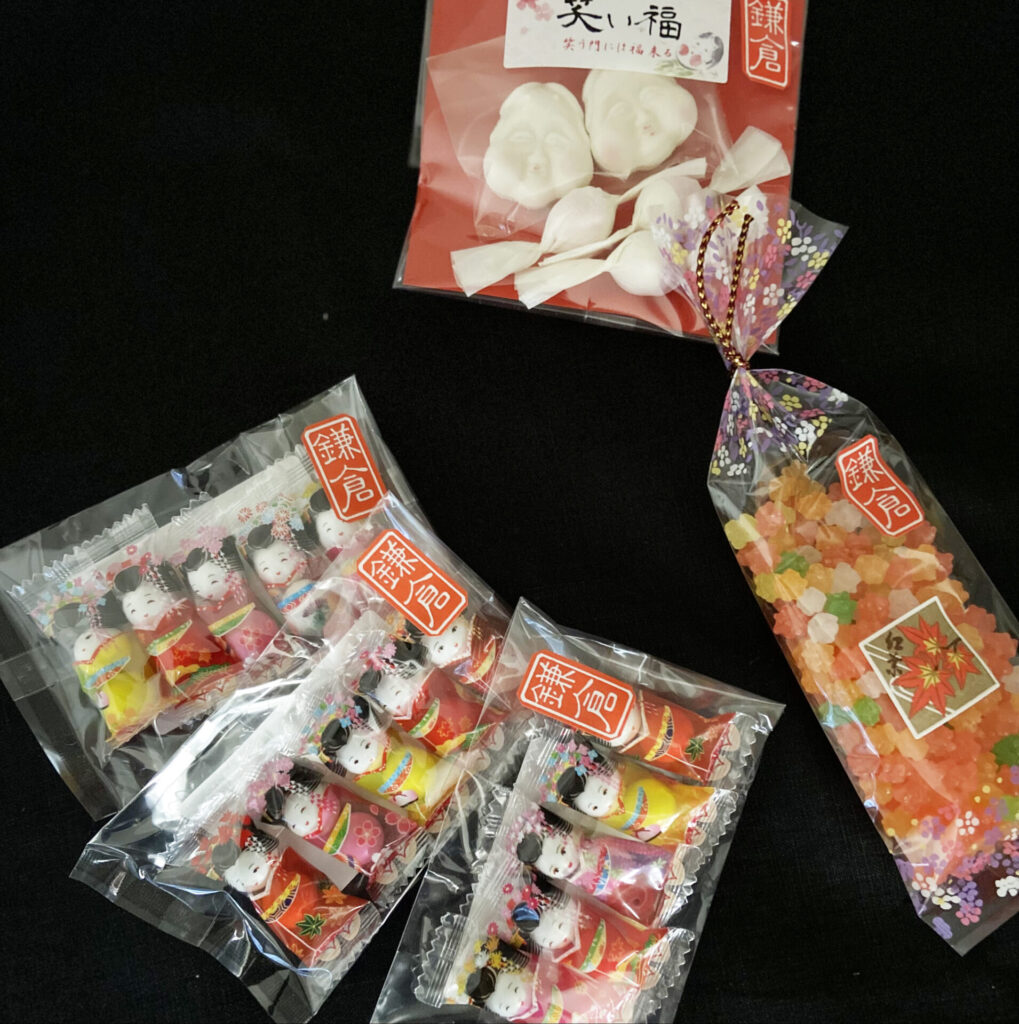
Kencho-ji temple
Passing through the main gate, you’ll be greeted by the imposing Sanmon gate, which is truly befitting of Kencho-ji Temple’s status as the foremost among the Kamakura’s Five Mountains. Its grand structure within the expansive temple grounds exudes a sense of scale, signifying its role as the head temple of the sect.
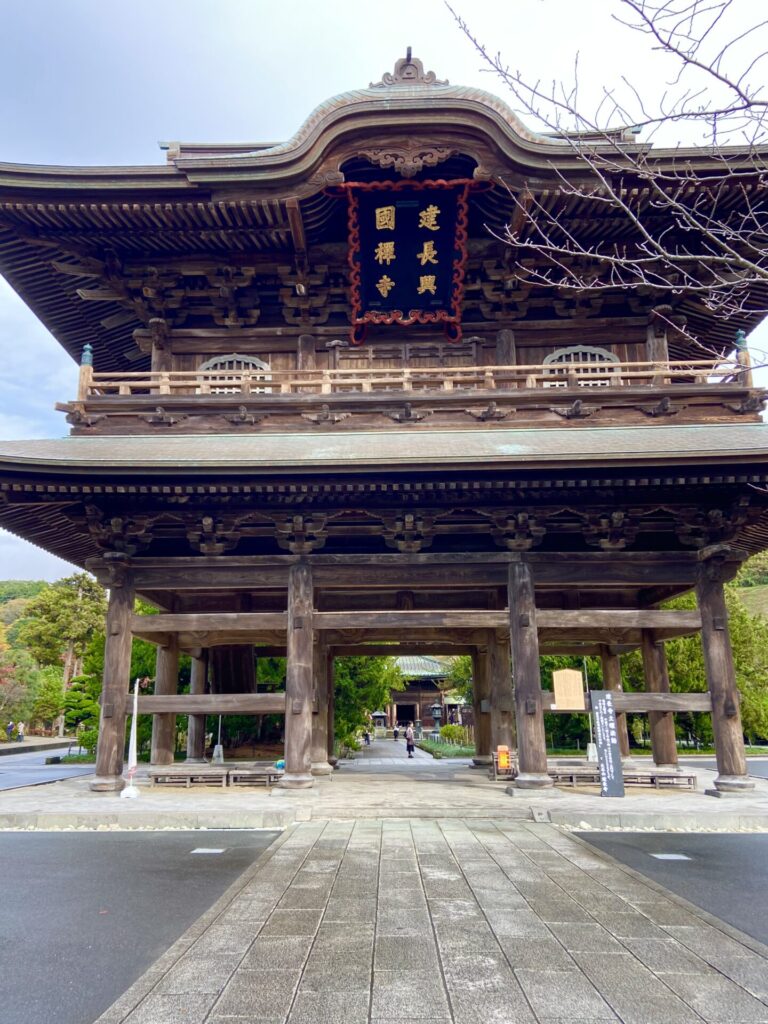
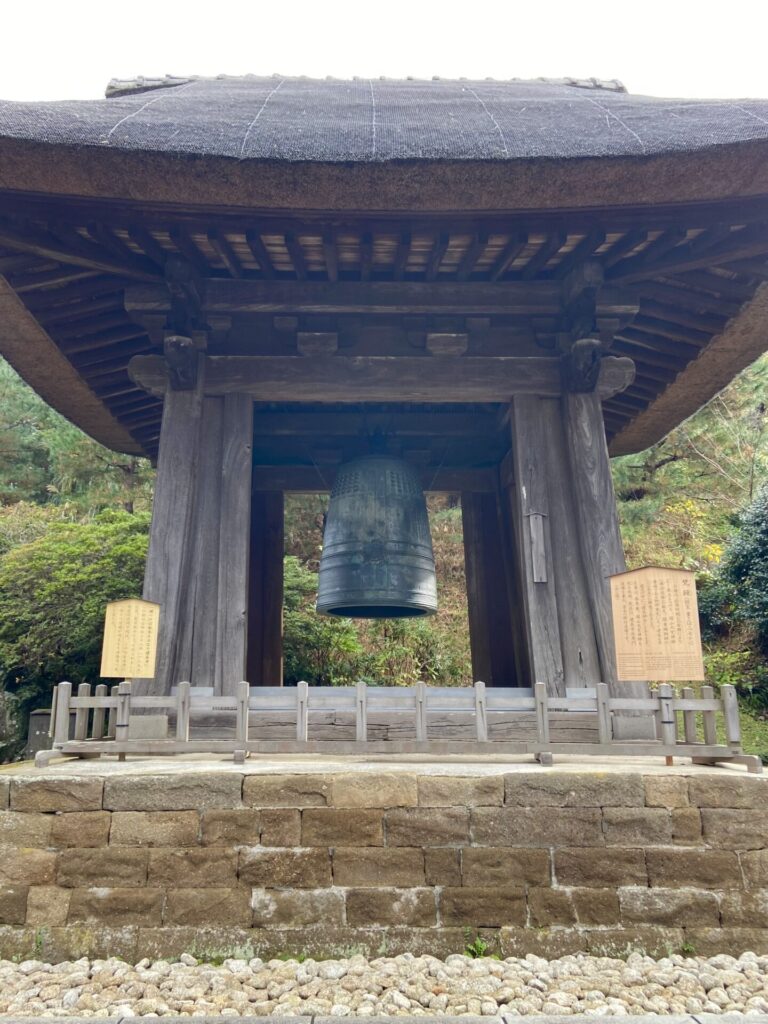
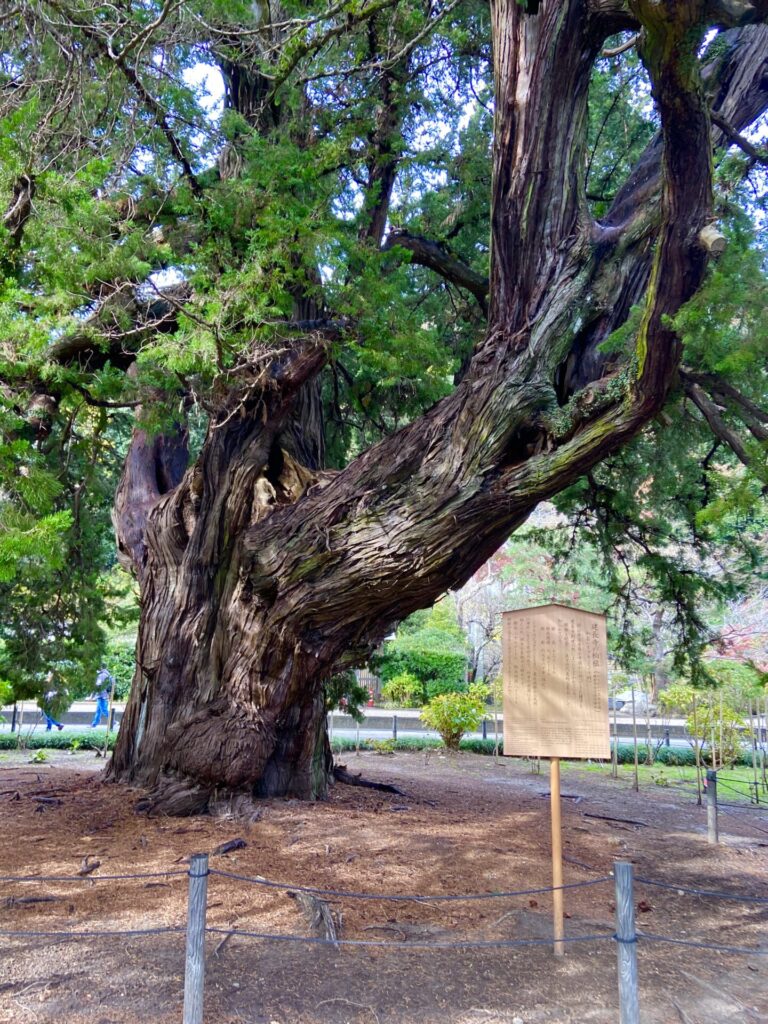
The national treasure bonsho (sacred bell) and the colossal sacred Byakushin tree will greet you. Particularly, the Byakushin tree commands reverence due to its remarkable size and divine presence. It has been designated as part of “Kanagawa’s Selection of Famous Trees” and a designated preserved tree by the city of Kamakura.
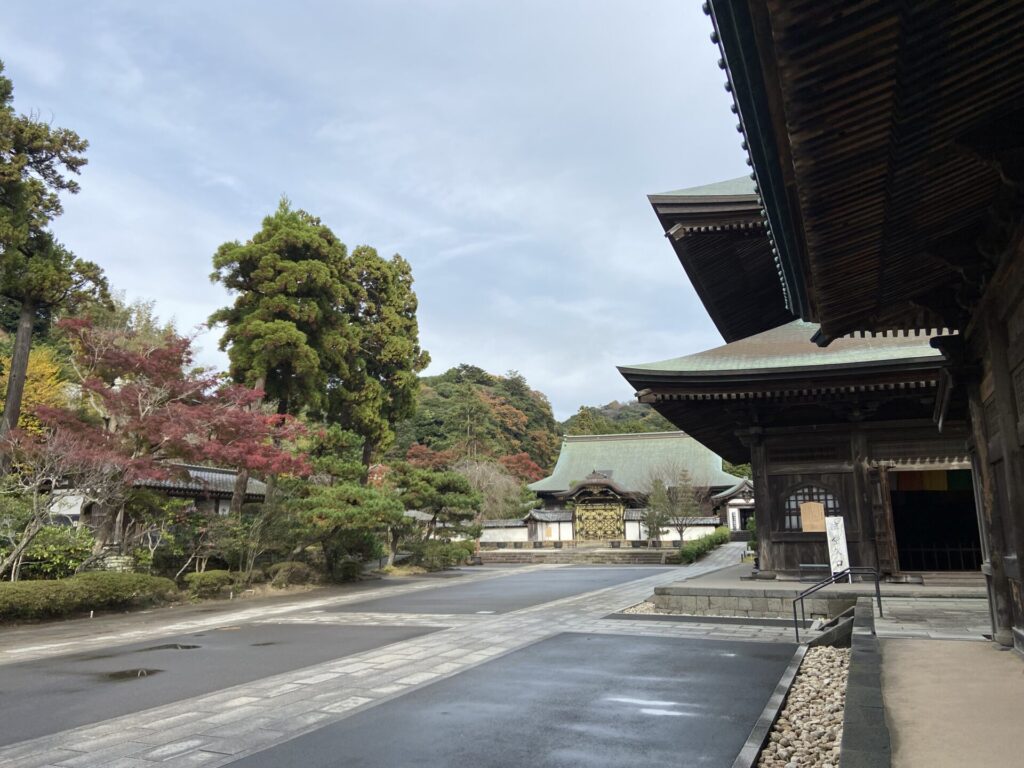
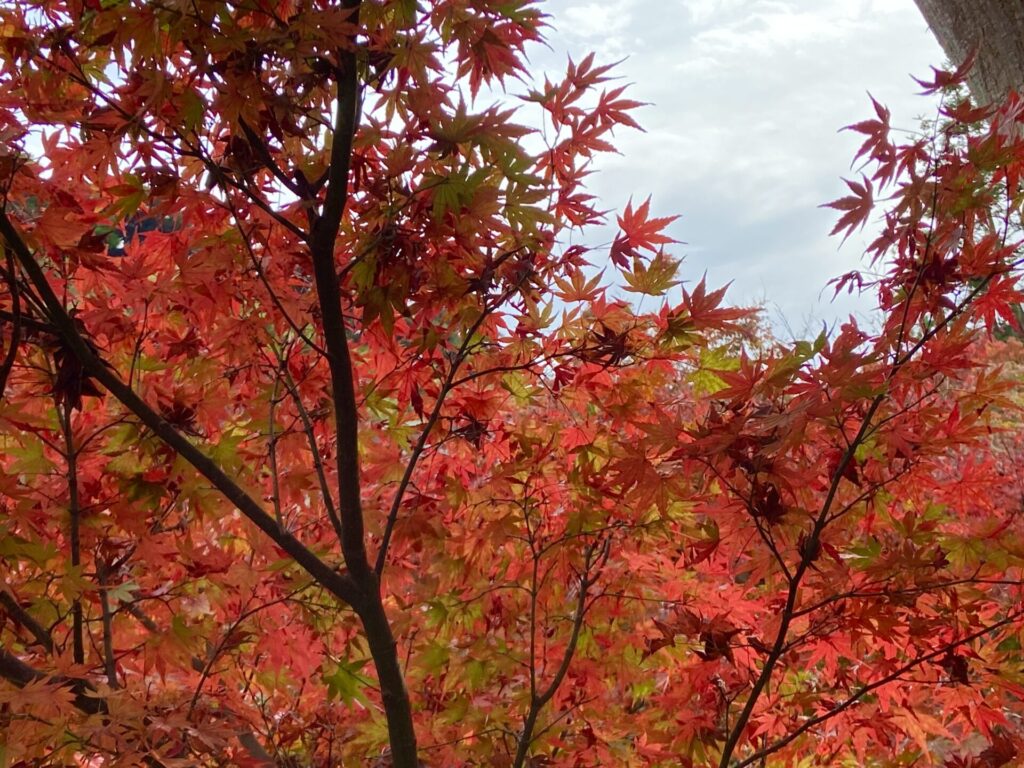
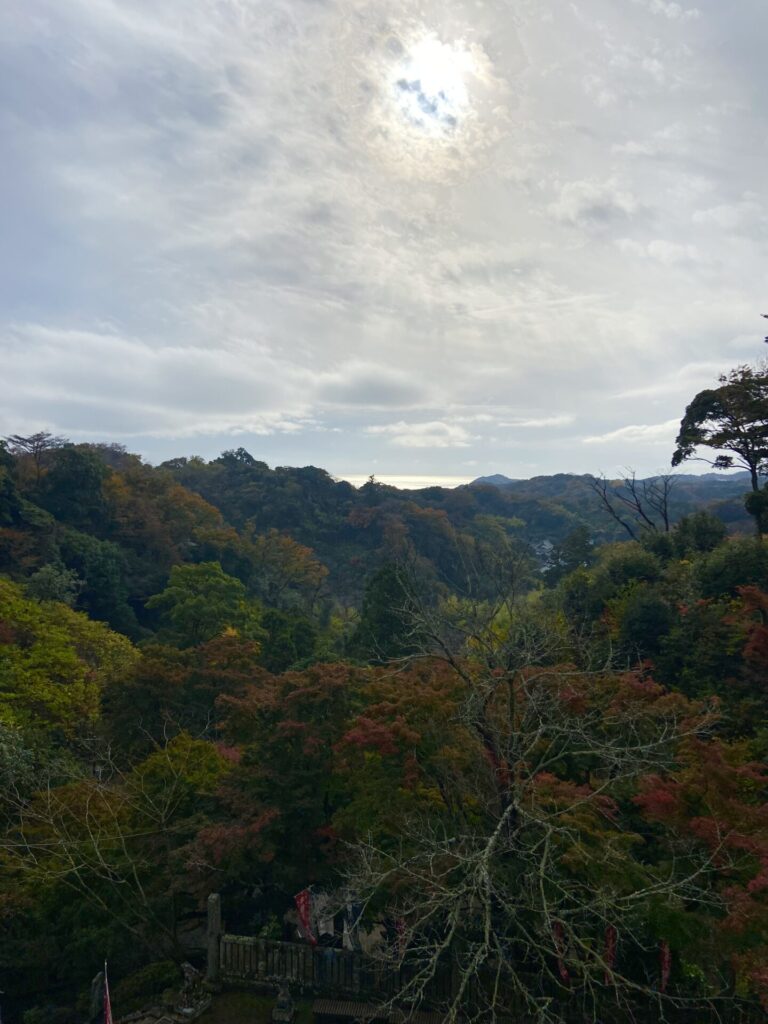
I climbed the long staircase leading to the Hanzo-mon gate, and upon reaching the high ground, I enjoyed a breathtaking view of Mt. Fuji on this sunny day. Today, I will descend from here, and my autumn foliage walking adventure will come to an end.
With my stomach thoroughly empty, I head towards the restaurant where I made a reservation, in Kita Kamakura.
Takeru Quindici
I called to make a reservation over the phone at an Italian restaurant located in a renovated traditional house near Hokai-ji Temple in Kita Kamakura after hearing that the prices are reasonable for the quality of food.
I quenched my thirst with a glass of sparkling wine and ordered Course C (¥3,000), in which I could choose between fish and meat for the main course.
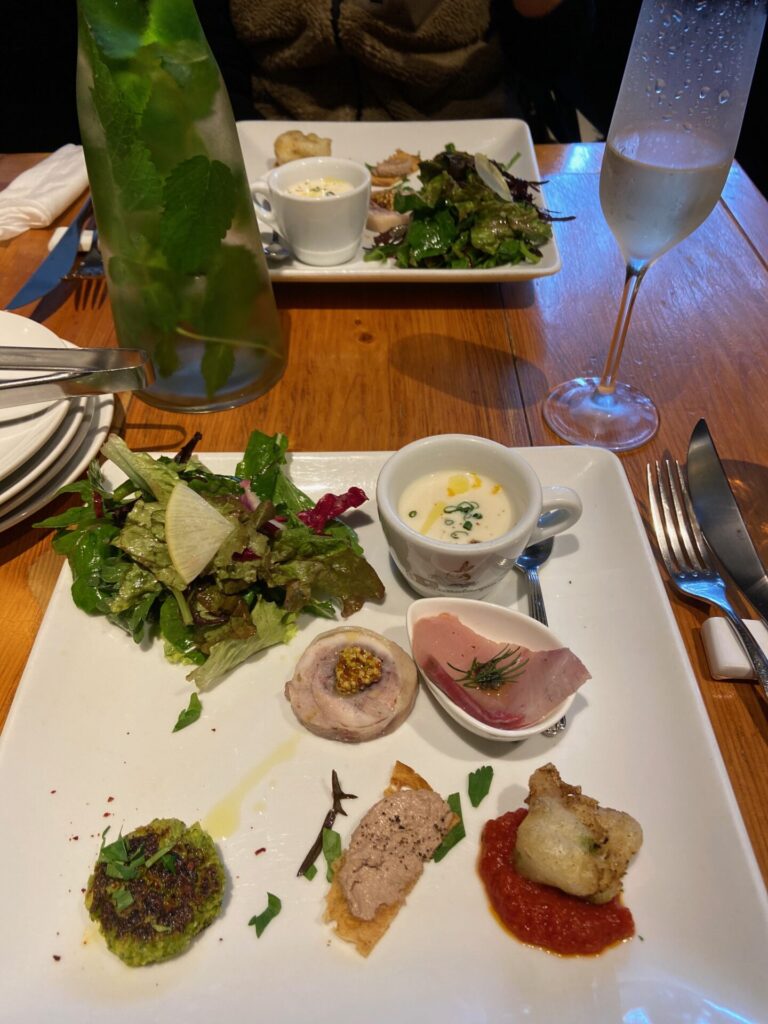
After enjoying the appetizers, I shared a chestnut and mushroom cream sauce pasta and a Quattro Formaggi pizza (each for an additional ¥300) with a friend.
I had a fantastic main course thereafter. The fish, a splendid seabream cooked with crispy scales, had an incredible texture, and the meat, a generous serving of Sagami pork roast, was delightful. I got so caught up in savoring these dishes that I realized I had completely forgotten to take pictures.
Espresso and dessert were served. On this day, it turned into a fulfilling late lunch, leaving me completely satisfied. It was already 4 PM, and many places in Kita Kamakura close around this time to coincide with the temple schedules.
Toyoshimaya Kita Kamakura Station Front Store
Toyoshimaya, famous for its dove-shaped shortbread cookies, is located in front of Kita Kamakura Station and remains open until 5:30 PM. I always look forward to their seasonal sweets, “sao-monogashi.” In particular, during the autumn foliage season, they sell “Momiji Gari” for around 1,000 yen, which is a great treat that provides a satisfying taste. I highly recommend it.
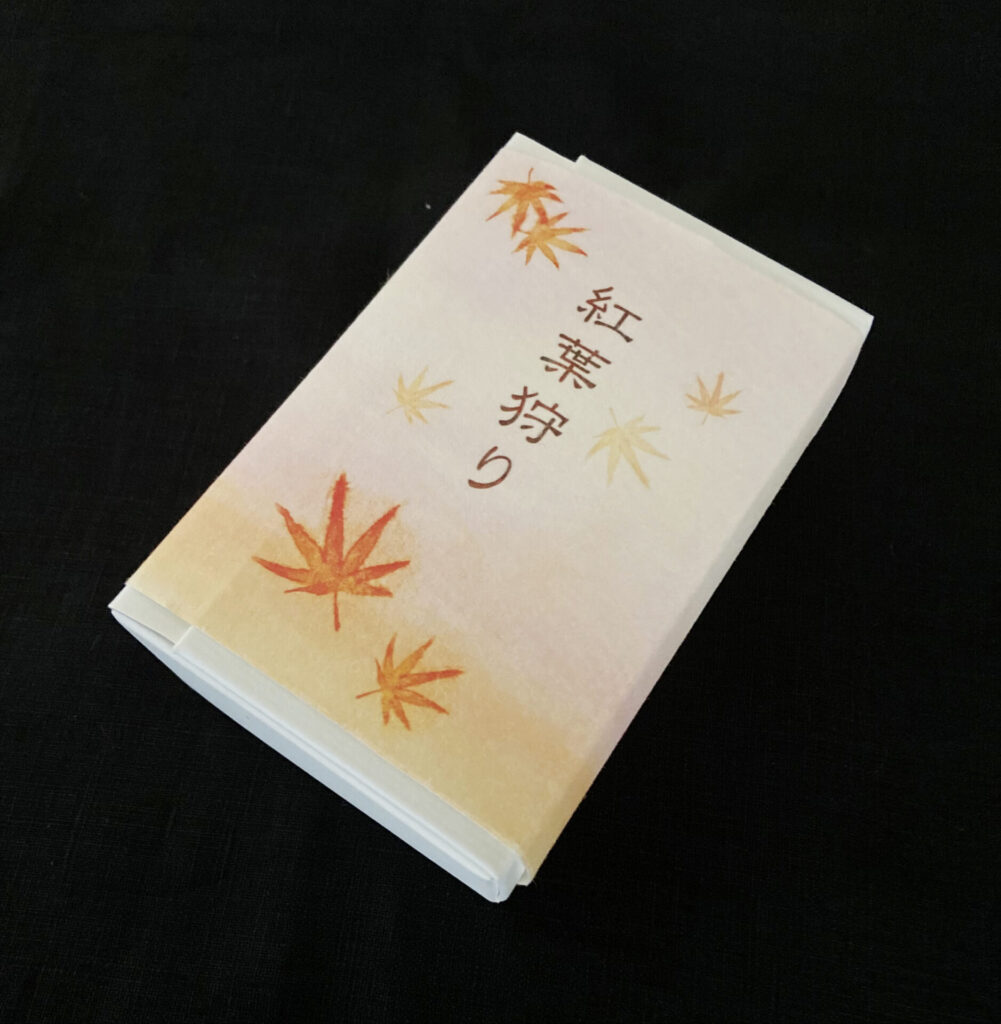
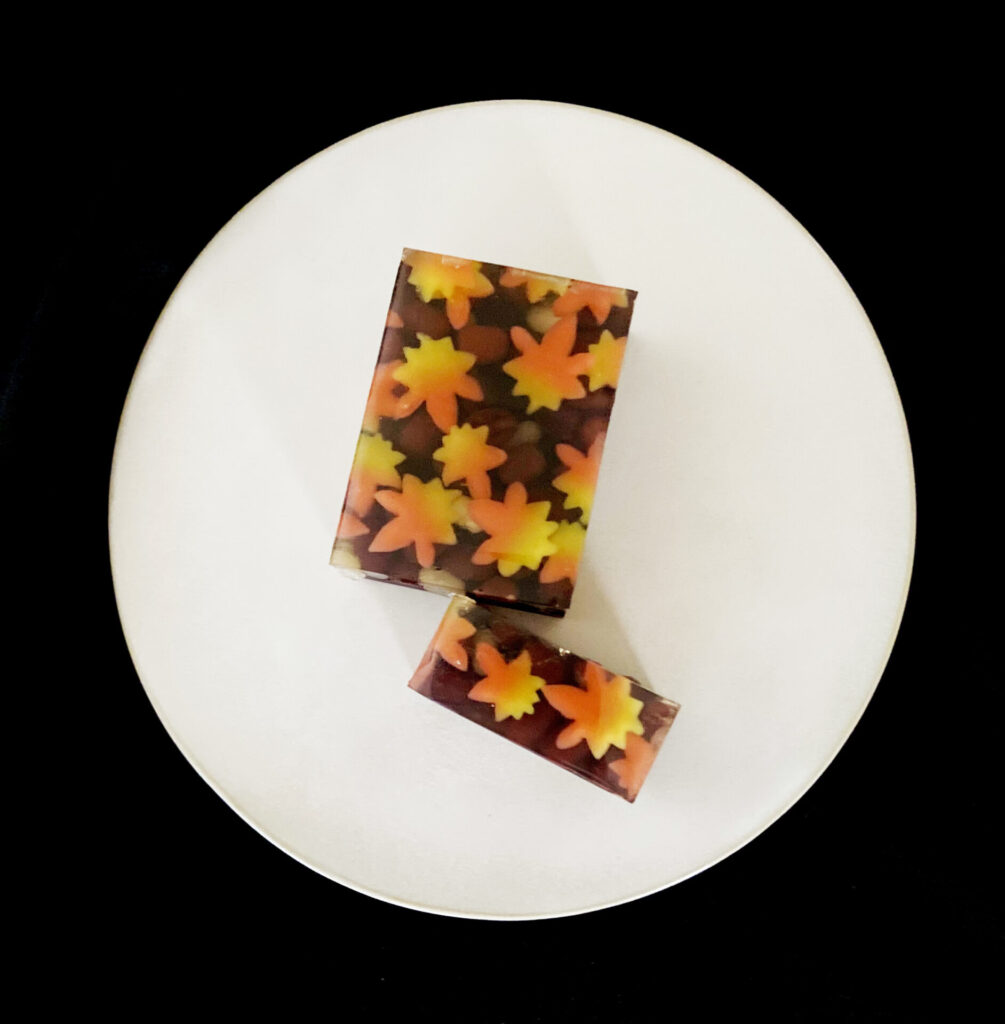
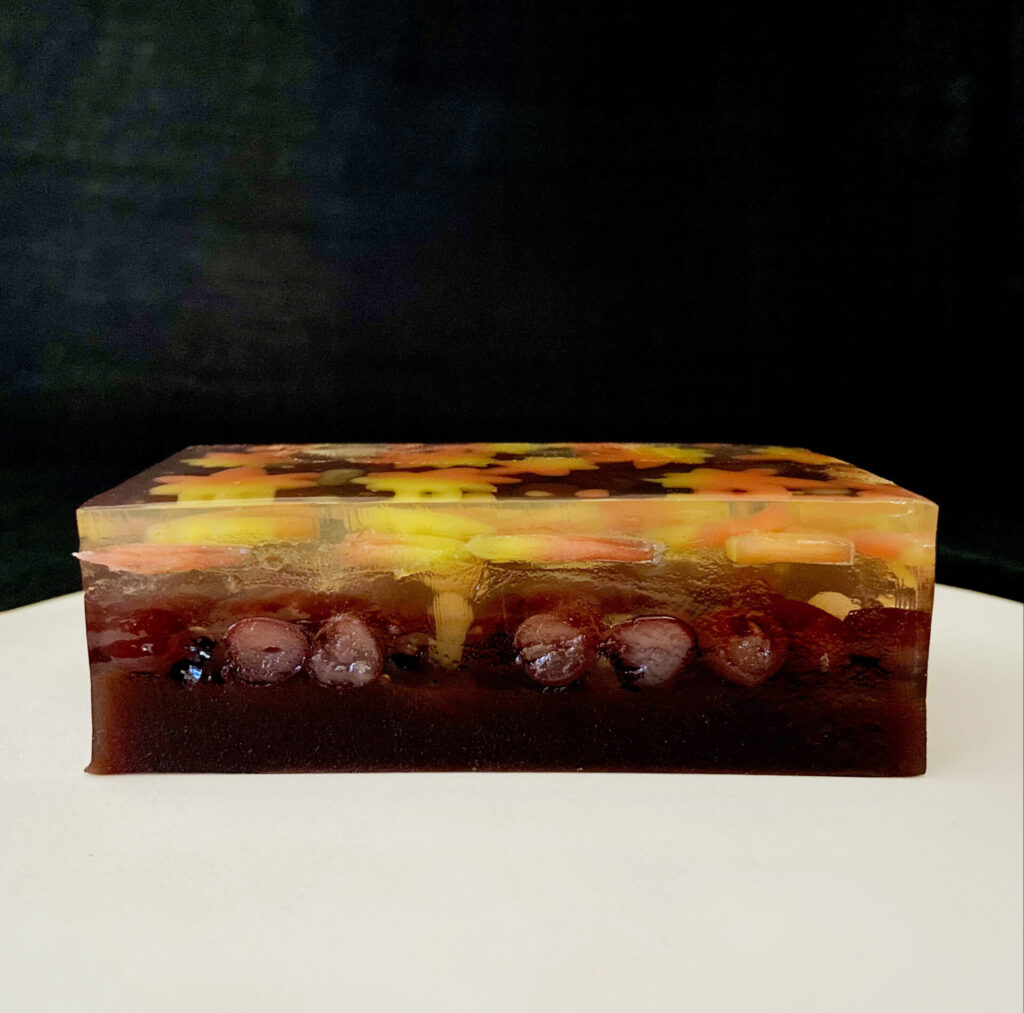
A day dedicated to the seasonal offerings of Choju Ji Temple. It was about a 5-hour journey, but it turned into a fulfilling day.
